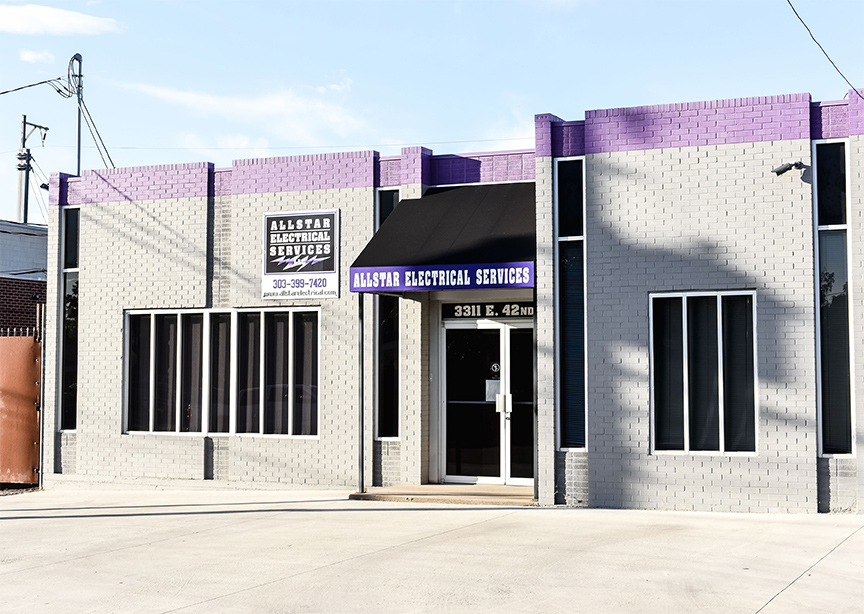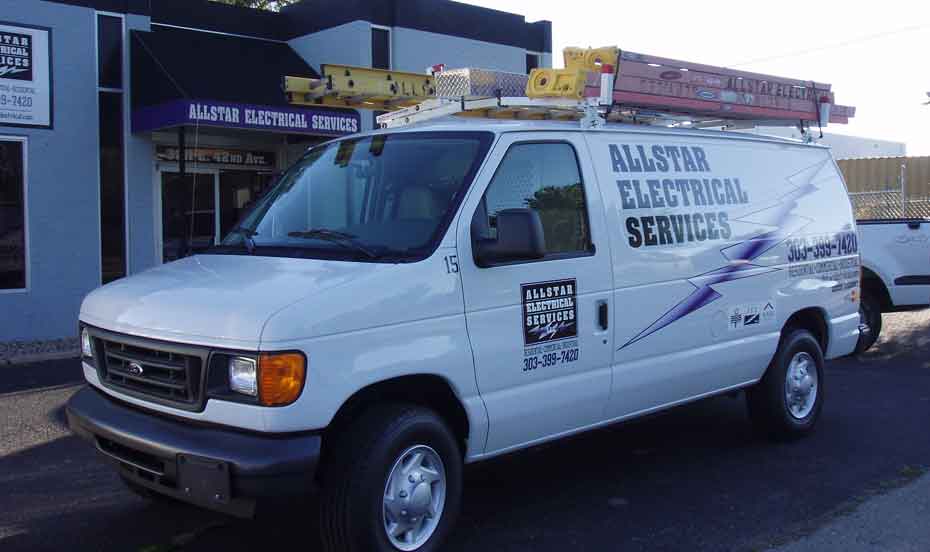AWARDS
The Rocky Mountain Chapter of Independent Electrical Contractors has awarded Allstar Electrical Services with the following awards:
- Meritorious Award - Low Voltage Category - Haney's Coffee Shop - Photovoltaics
- Meritorious Award - Commercial Project Under $1,000,000 - Courtyard by Marriott Project
- Summit Award - Commercial Project Under $1,000,000 - Warren Occupational Technical Center
- Subcontractor of the Year by the National Association of the Remodeling Industry – Front Range Chapter, 2007
- Regional Transportation District (RTD)/Small Business Enterprise (SBE) Electrical Contractor.






















